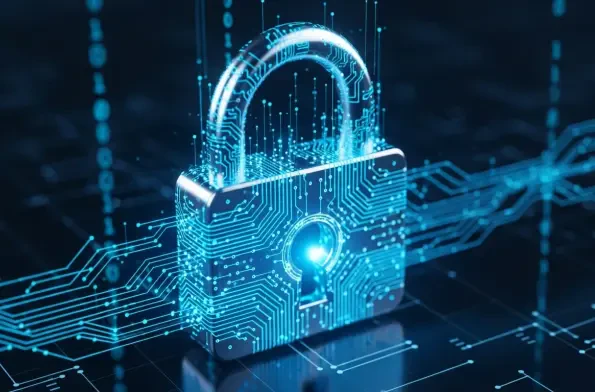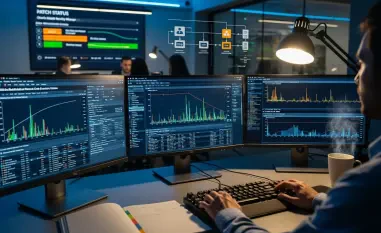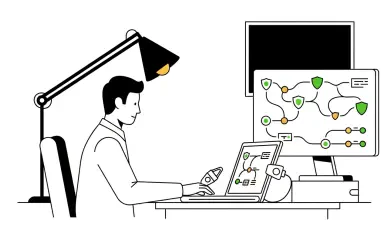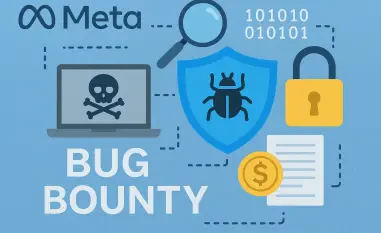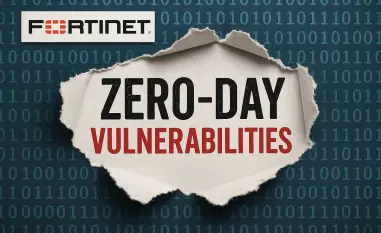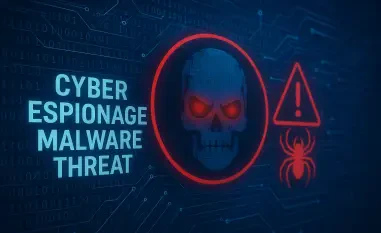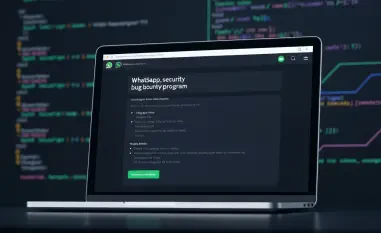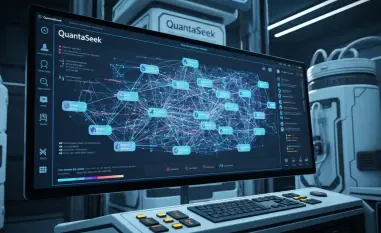Imagine a silent breach infiltrating the core systems of major enterprises, compromising sensitive data and critical operations without a trace until it’s too late, a scenario that is becoming a harsh reality with a newly discovered exploit targeting unpatched SAP NetWeaver instances. This platform, integral to countless businesses worldwide for managing essential functions, is now under severe threat due to two high-impact vulnerabilities, sparking urgent discussions across the cybersecurity community. This roundup gathers insights, opinions, and actionable tips from various industry sources and experts to shed light on the exploit’s implications, the challenges of mitigation, and the steps organizations must take to protect their systems.
Exploring the Depth of the Threat to Enterprise Systems
Understanding the Exploit’s Mechanics and Impact
The exploit in question chains two critical vulnerabilities, identified with CVSS scores of 10 and 9.1, to enable unauthorized code execution at administrator levels. Industry analysts have noted that this combination exploits a missing authorization check alongside an insecure deserialization flaw, creating a potent avenue for attackers to seize control of affected systems. Reports indicate that patches for these issues were released earlier this year, yet the persistence of unpatched instances amplifies the risk.
Differing views emerge on the root causes of this vulnerability’s persistence. Some experts argue that the complexity of SAP environments often delays patch deployment, as updates can disrupt interconnected systems if not thoroughly tested. Others point to a lack of prioritization in cybersecurity budgets, suggesting that many organizations underestimate the urgency until a breach occurs.
A third perspective highlights the sophistication of the exploit itself, noting how attackers have crafted a method to bypass even partially secured systems. This raises concerns about the adequacy of current security protocols in addressing such advanced threats, pushing for a reevaluation of standard practices in enterprise environments.
Public Release and Escalating Global Risks
The public disclosure of this exploit on a widely accessible platform has intensified the threat landscape, with sources indicating its origins may tie to a notorious cybercrime group. Cybersecurity forums buzz with warnings that this accessibility could lead to a surge in attacks, especially given past instances where ransomware actors and state-sponsored groups exploited similar flaws. The consensus is that the window for preemptive action is narrowing rapidly.
Contrasting opinions exist on the scale of immediate danger. Certain industry watchers believe that while the public release is alarming, the technical expertise required to weaponize the exploit may limit its widespread use in the short term. However, others counter that the availability of detailed instructions online lowers the barrier for less-skilled attackers, potentially leading to a broader impact.
An additional concern raised by threat intelligence teams is the historical pattern of such exploits being leveraged by diverse malicious entities. This diversity in attacker profiles—from financially motivated gangs to geopolitical actors—underscores the unpredictable nature of the fallout, urging organizations to prepare for multiple attack vectors rather than a singular threat.
Diverse Opinions on Vulnerability and Adaptation
Debating the Challenge of Unpatched Systems
Despite patches being available, recent scans reveal that a significant number of SAP NetWeaver instances remain vulnerable, with over 50 servers still exposed as of mid-year. Some security professionals express frustration over what they see as negligence, arguing that failing to apply updates in a timely manner is a preventable lapse. They emphasize that robust patch management should be a non-negotiable priority for IT departments.
On the flip side, other voices in the field acknowledge the logistical hurdles faced by large organizations. The intricate nature of SAP deployments often means that applying patches requires extensive downtime or risks breaking dependent processes, which can deter immediate action. This perspective calls for more vendor support in simplifying update rollouts to bridge the gap between patch release and implementation.
A balanced view suggests that while both sides have merit, the focus should shift toward hybrid solutions. Combining automated patch management tools with tailored training for IT staff could address both technical and human barriers, reducing the number of exposed systems over time. This approach seeks to tackle the issue from multiple angles, recognizing the complexity of the challenge.
Evolving Threats Through Deserialization Techniques
Concerns are mounting that the deserialization component of this exploit could be adapted to target other vulnerabilities within SAP ecosystems. Industry researchers warn that attackers are likely to experiment with this technique, potentially uncovering new weaknesses in related software components. Such adaptability highlights the dynamic nature of cyber threats facing enterprise applications.
Some experts argue that this evolution is inevitable given the persistent lag in securing complex systems against innovative attack methods. They point to a need for predictive threat modeling to anticipate how current exploits might morph into broader campaigns. This proactive stance is seen as essential to staying ahead of cybercriminals who continuously refine their tactics.
A contrasting opinion focuses on the role of collaboration between vendors and users to mitigate these risks. Suggestions include more frequent security updates paired with community-driven vulnerability reporting to quickly identify and address emerging deserialization-based threats. This cooperative model aims to create a more resilient defense against the ever-changing landscape of exploits.
Strategies and Recommendations from the Field
Immediate Protective Measures for Organizations
Across the board, there is unanimous agreement on the urgency of patching the identified vulnerabilities without delay. Cybersecurity advisors stress that applying updates for both critical flaws is the first line of defense, alongside conducting comprehensive audits to detect any unpatched instances within an organization’s network. This foundational step is non-negotiable for minimizing exposure.
Additional tips from threat response teams include enhancing monitoring for anomalous activity that could signal an attempted exploit. Implementing advanced intrusion detection systems and regularly reviewing access logs can provide early warnings of unauthorized access attempts. These measures are particularly critical in environments where full patching may take time due to operational constraints.
A further recommendation from incident management specialists is to leverage threat intelligence services to stay informed about evolving attack patterns related to this exploit. Sharing insights within industry groups can also help organizations benchmark their defenses against peers, fostering collective resilience. Such strategies aim to build a layered security posture that goes beyond mere compliance with patch schedules.
Broader Implications for Cybersecurity Practices
Discussions also center on the systemic lessons this exploit offers for enterprise cybersecurity. Many in the field advocate for a shift from reactive patching to a continuous security framework that integrates regular vulnerability assessments and real-time threat monitoring. This holistic approach is seen as vital for addressing not just current risks but also future adaptations of similar exploits.
Differing opinions arise on resource allocation for such frameworks. Some argue that smaller enterprises may struggle with the costs of advanced security tools, suggesting that vendors should offer scalable solutions tailored to varying budgets. Others believe that government or industry bodies could play a role in subsidizing critical cybersecurity infrastructure for at-risk sectors, ensuring broader protection.
A unifying thread among these views is the recognition that cybersecurity must evolve as a shared responsibility. Encouraging dialogue between software providers, end-users, and regulatory entities can help standardize best practices, reducing the likelihood of widespread exploitation. This collaborative mindset is increasingly viewed as a cornerstone of modern defense strategies.
Reflecting on Insights and Looking Ahead
Reflecting on this roundup, the discussions from various corners of the cybersecurity landscape paint a vivid picture of urgency and complexity surrounding the exploit targeting SAP NetWeaver instances. Experts and analysts alike underscore the critical nature of immediate patching, the persistent challenge of unpatched systems, and the looming threat of adapted attack methods. The diversity in perspectives—from logistical barriers to innovative defense strategies—highlights the multifaceted nature of securing enterprise systems against sophisticated threats.
Moving forward, organizations are encouraged to prioritize not only the application of available patches but also the adoption of continuous monitoring and threat intelligence integration. Exploring resources such as industry whitepapers or joining cybersecurity consortiums could provide deeper insights into emerging risks and mitigation techniques. Taking these proactive steps promises to fortify defenses, ensuring that businesses remain resilient in an ever-evolving digital battlefield.
